
MCSs stick the landing
Membrane contact sites, or MCSs, represent the ultimate intracellular duct tape — binding organelles together within eukaryotic cells to promote growth. Enabled by tethering proteins, MCSs are a coordinating nexus that fosters intermembrane exchange and signaling.
As conduits for lipid and small metabolite transfer between organelle membranes, MCSs are key regulators of metabolism. As structural elements linking intracellular membranes, MCSs control membrane organization and protect against membrane stresses. As platforms for important signaling receptors, MCSs initiate cellular responses to regulatory or environmental cues.
The recognition of MCSs as key regulators of cell growth is underscored by new discoveries of MCS function in cellular disease and infection.
Keywords: Membrane contact sites, membrane stress, mitochondrial regulation, nonvesicular transport, lipid transport, membrane structure, lipid metabolism, lipid regulation.
Who should attend: Molecular cell biologists and membrane biochemists who marvel at how membrane dynamics regulates metabolic function and organelle organization.
Theme song: Dave Fenley cover of “Stuck on You” by Lionel Richie
This session is powered by the unsung heroes of membrane and lipid research.
Submit an abstract
Abstract submission begins Sept. 14. If you submit by Oct. 12, you'll get a decision by Nov. 1. The regular submission deadline is Nov. 30. See the categories.
Membrane contact sites
Hongyuan Yang, University of Texas Health Science Center at Houston

Jen Liou (chair), University of Texas Southwestern Medical Center
Alexandre Toulmay, University of Texas Southwestern Medical Center
Arash Bashirullah, University of Wisconsin–Madison
Membrane signaling at membrane contact sites
Thomas Simmen (chair), University of Alberta
Jay Tan, University of Pittsburgh
Alissa Weaver, Vanderbilt University
Chi-Lun Chang, St. Jude Children's Research Hospital
Specialized membrane contact site functions
Isabelle Derré, University of Virginia
Aaron Neiman, Stony Brook University
Christopher T. Beh (chair), Simon Fraser University
Enjoy reading ASBMB Today?
Become a member to receive the print edition four times a year and the digital edition monthly.
Learn moreGet the latest from ASBMB Today
Enter your email address, and we’ll send you a weekly email with recent articles, interviews and more.
Latest in Science
Science highlights or most popular articles

E-cigarettes drive irreversible lung damage via free radicals
E-cigarettes are often thought to be safer because they lack many of the carcinogens found in tobacco cigarettes. However, scientists recently found that exposure to e-cigarette vapor can cause severe, irreversible lung damage.
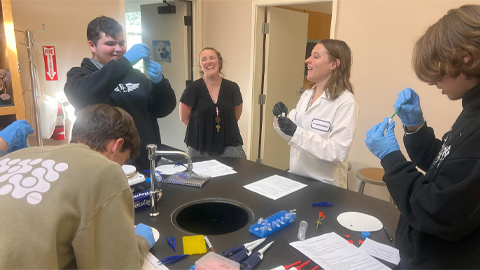
Using DNA barcodes to capture local biodiversity
Undergraduate at the University of California, Santa Barbara, leads citizen science initiative to engage the public in DNA barcoding to catalog local biodiversity, fostering community involvement in science.
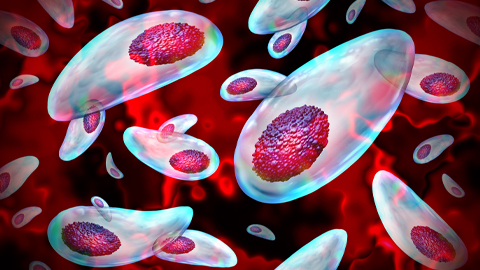
Targeting Toxoplasma parasites and their protein accomplices
Researchers identify that a Toxoplasma gondii enzyme drives parasite's survival. Read more about this recent study from the Journal of Lipid Research.
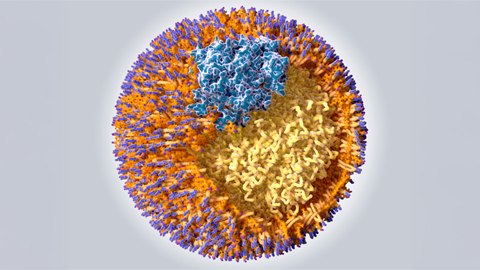
Scavenger protein receptor aids the transport of lipoproteins
Scientists elucidated how two major splice variants of scavenger receptors affect cellular localization in endothelial cells. Read more about this recent study from the Journal of Lipid Research.
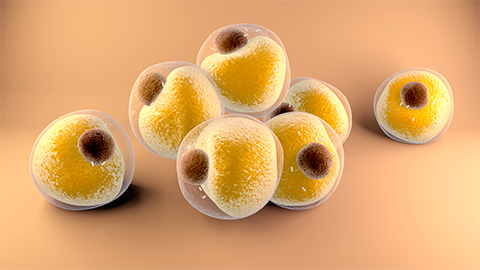
Fat cells are a culprit in osteoporosis
Scientists reveal that lipid transfer from bone marrow adipocytes to osteoblasts impairs bone formation by downregulating osteogenic proteins and inducing ferroptosis. Read more about this recent study from the Journal of Lipid Research.
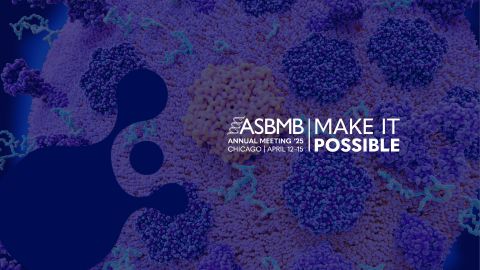
Unraveling oncogenesis: What makes cancer tick?
Learn about the ASBMB 2025 symposium on oncogenic hubs: chromatin regulatory and transcriptional complexes in cancer.



